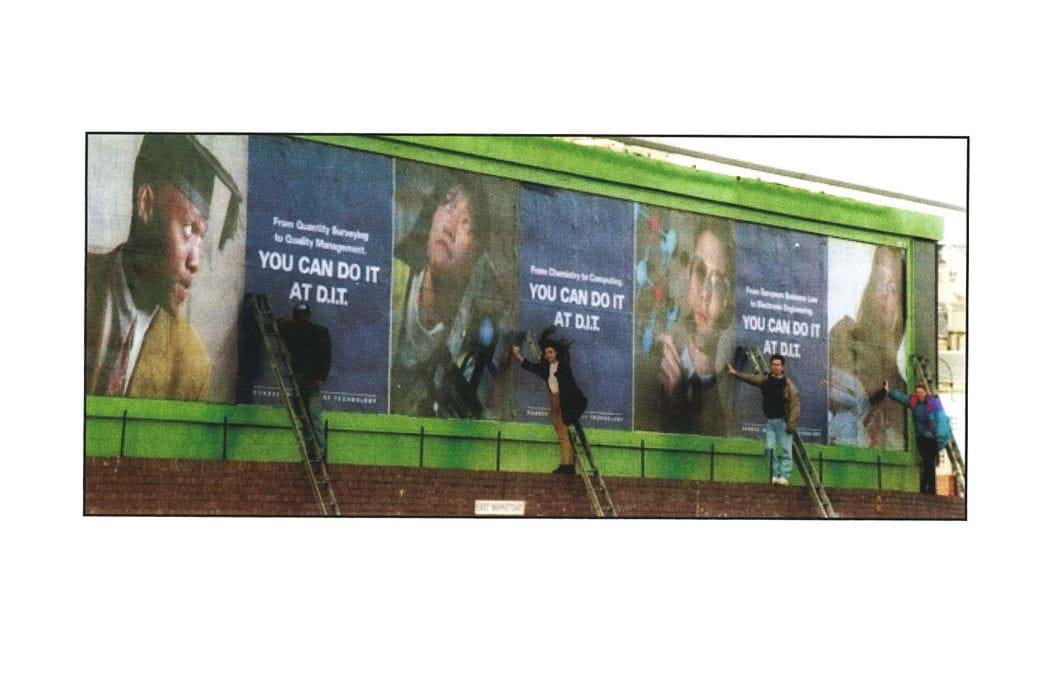Pause carousel
Play carousel
We use cookies to provide you with the best user experience and to improve our services. Cookies help us understand how our site is being used, allowing us to enhance your browsing experience. By clicking "Accept," you consent to the use of all cookies. If you choose to reject, we’ll only use necessary cookies to ensure the site functions properly. Learn more.
We're pleased to announce that the public vote, which ended in March 2020, made the launch of the world's first Ethical Hacking degree our top change-maker! You can read more about our winner here.
With thanks to our Abertay 25 volunteers, former and current staff and students at Abertay University for assisting with research and text.
Ahmar Ghafoor is a truly innovative individual who has worked on software technologies from a very early stage in his career. Not only did he complete an MSc in Mechatronics at the university, his start-up company won the Tayside Software Innovation Competition. The company, nurtured by Abertay’s “Start-up Incubator” programme, designed software that could instantly work out the optimum age to chop down various species of trees.
Ahmar’s career has moved from one cutting-edge technology to another. Between 2000-2009, far ahead of the competitor mobile phone companies at the time, Ghafoor worked on GPS, Bluetooth, 4G and WiFi software.
He worked on the initial concept for contactless payment chips in mobile phones, which was so and ahead of its time, it was shelved for a later date! He saw the work through, though, when he later became part of the team to produce the contactless payment chips at Qualcomm.
Photograph reproduced by kind permission of Ahmar Ghafoor
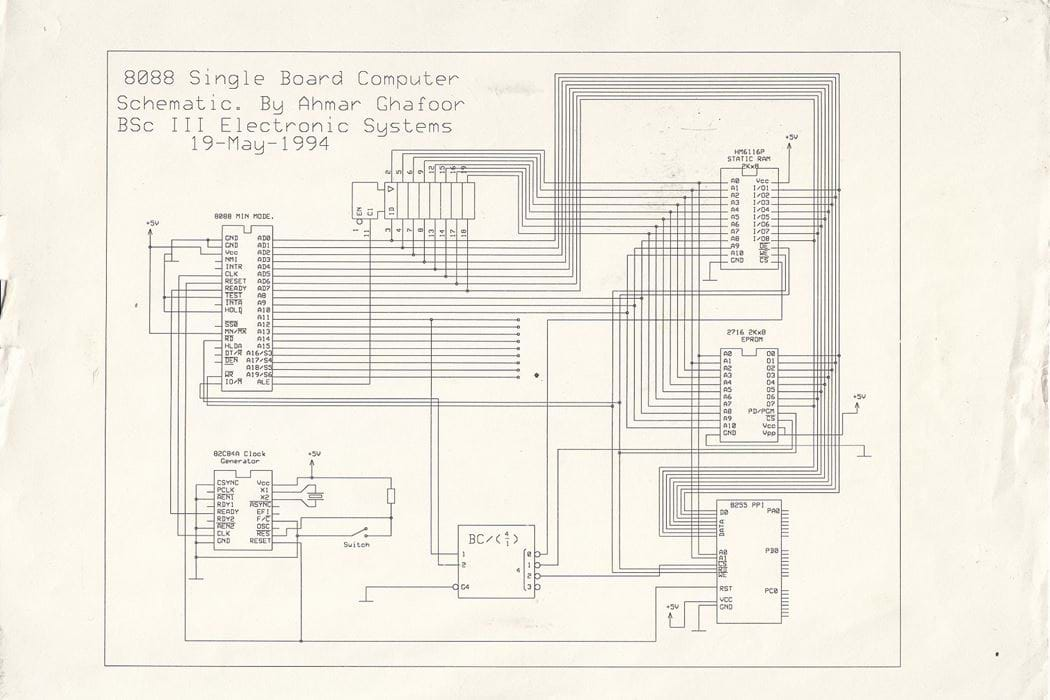
The earliest evidence of computers at the university can be found in a short course brochure from 1957 about the use of computers in business. Less than ten years later, the Dundee Institute of Art and Technology purchased an Elliot 4100 for teaching and research purposes. From then on, computers featured in almost every course, and even became the subject of courses themselves.
By the 1980s, gaming became the focus. In the mid-1990s David Jones, an ex-Abertay University student, formed DMA Design (later Rockstar Games). He developed games like Lemmings and Grand Theft Auto, laying the foundations for Dundee’s still-thriving computer games industry.
The University recognised there was a demand for more skills in this area and went on to develop the world's first computer games Masters Diploma in 1997, followed by the first undergraduate degree in 1998.
Image: copyright Abertay University Archives
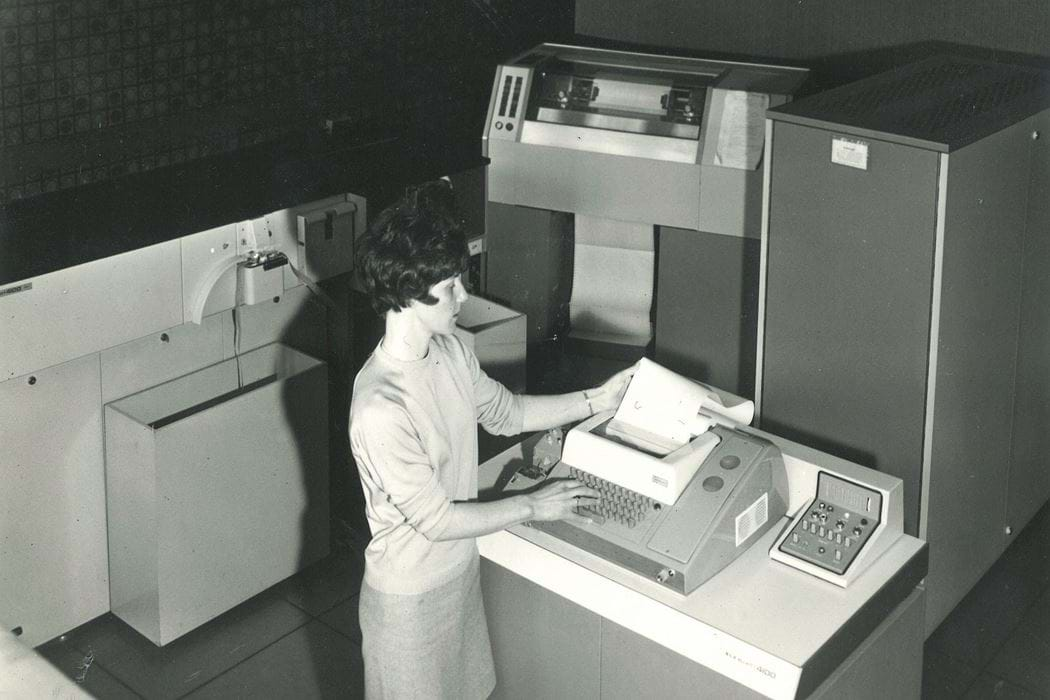
At a time when Abertay was known mostly for its engineering and business research, it was also becoming the leading Scottish centre for cryopreservation research.
In the 1990s, the new science of Cryopreservation (the technique by which cells are frozen at -196˚c) was becoming an important tool in plant conservation biotechnology, conservation, plant breeding, agriculture, the food industry, forestry and many other areas.
If cells remain intact during the freezing process, then they can be maintained at this temperature indefinitely. This means the amazing technology can be applied to assisted reproduction programmes to store spermatozoa, eggs and early embryos.
In 2004, Abertay scientists had become the first in the world to breed a golden eagle using frozen sperm.
A huge success for conservation efforts and environmental sciences, this news meant hope for safeguarding some of the world’s most endangered birds of prey.
Image: Abertay University Archives - Research Digest 1990-1992, page 10
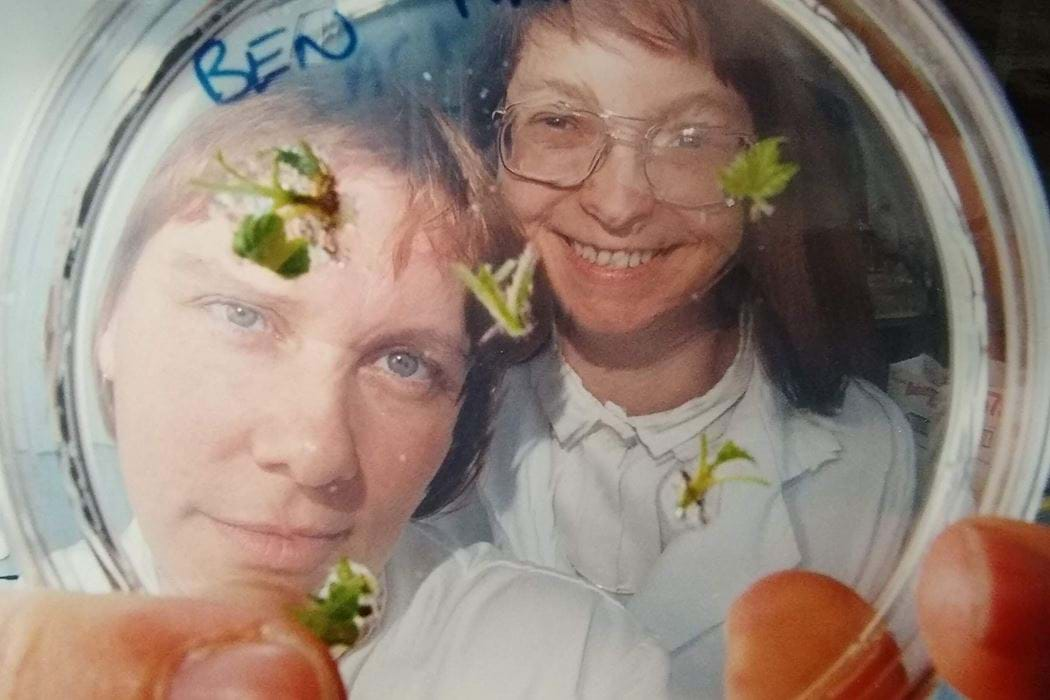
In the early 2000s computer crime was on the rise. The world’s reliance on the internet meant that cybercrime was becoming a threat for companies worldwide and they were recruiting people to test the security of their computer networks.
Abertay Lecturer Colin Mclean recognised that computer specialists skilled in the techniques of ethical hacking were in high demand. So in 2006, Abertay began the world’s first BSc in Ethical Hacking and Countermeasures. The innovative course was designed to equip students with the skills to analyse and secure computer systems and networks.
Since then, the course has grown to become one of the leading cybersecurity courses in the UK. Abertay Ethical Hacking graduates are very much in demand and several are currently working for GCHQ, the Government Communications Headquarters, with a mission to keep the UK safe from cyberattacks.
Image: copyright Abertay University
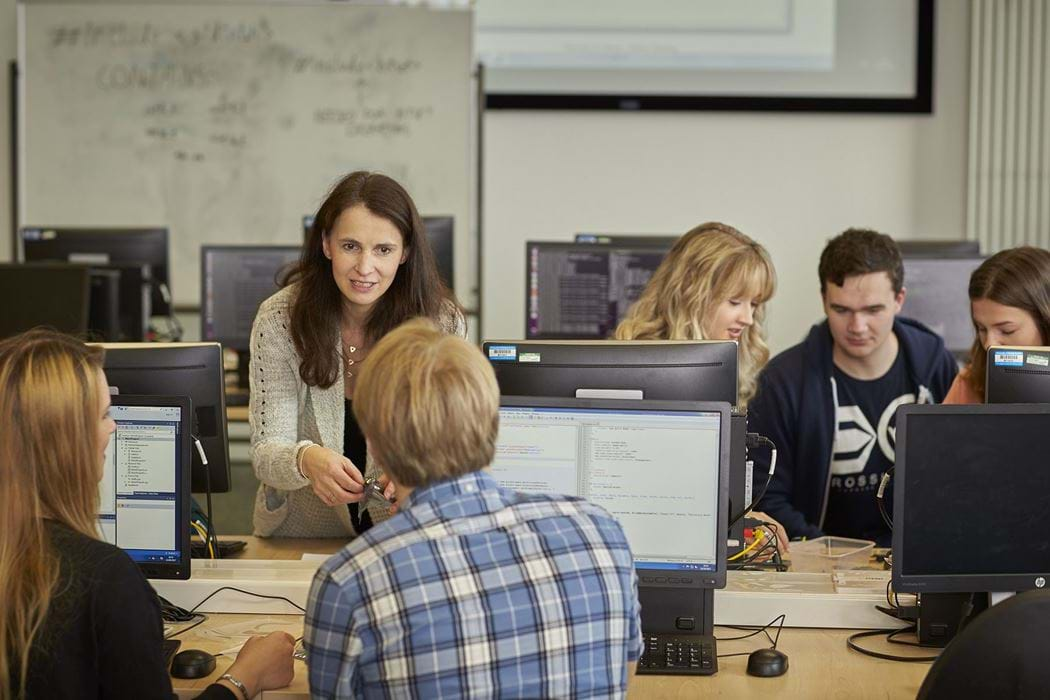
This is a story about an innovation tackling natural problems with natural solutions. As well as our important contributions in providing innovative solutions to issues affecting the natural environment and human wellbeing.
In the mid-1980's, Professor Graeme Walker began conducting research into the regulation of growth and metabolism of yeasts that are of industrial, agricultural and medical significance.
In the early 1990's, he saw the potential in using killer toxins from certain species of yeasts to combat harmful yeasts. This includes the human pathogen, Candida albicans, and fungi, like those that cause wood decay and plant diseases.
Image: Abertay University Archives
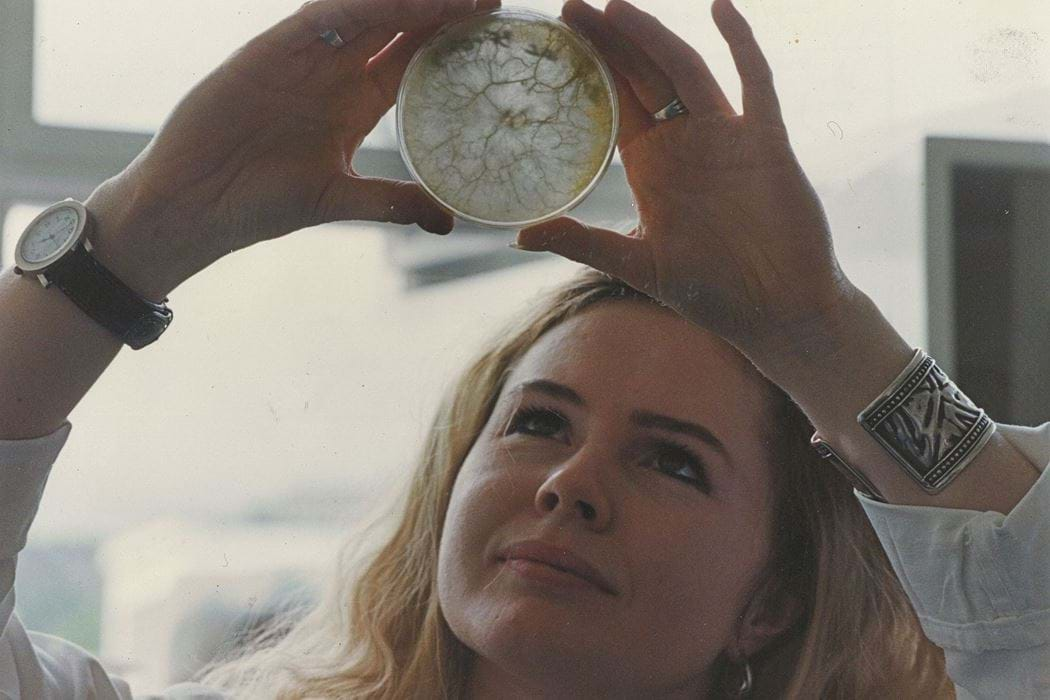
Abul Kalam Chowdhury came to Dundee in 1967 from Dacca, Bangladesh, to study Jute Manufacture. He cared deeply for his adopted city and worked hard to create a stable and happy community for everyone.
In 1969, the first Dundee mosque was founded in an apartment on Erskine Street. Numbers grew quickly so it moved to the Hilltown the following year. As the Islamic community continued to grow, Chowdhury helped raise funds to build the £2 million Dundee Central Mosque in 1995 – the first purpose-built mosque in North-East Scotland.
He believed that all religions should be at peace with each other and enjoyed teaching people about his religion and learning about theirs. He loved children and built an orphanage in Bangladesh which he visited regularly until he died in 2015.
Kalam Chowdhury represents many things. The growth of Dundee as a multicultural city, the strong ties of our local neighbourhoods and the kindness and generosity that characterises a true Dundonian.
Image: copyright Abertay University Archives
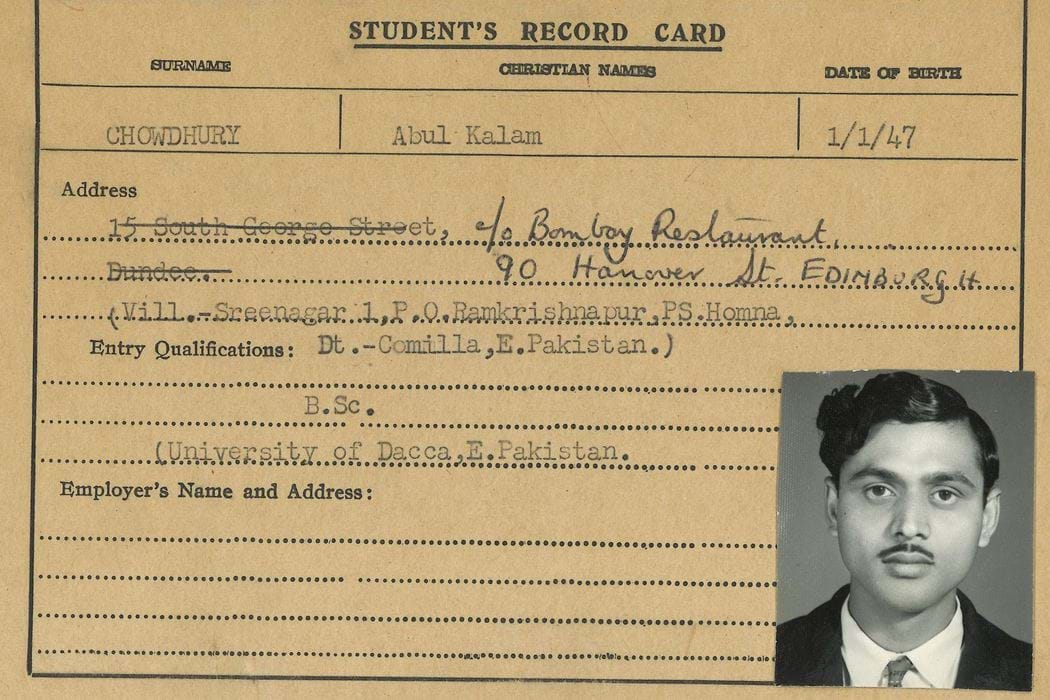
This is a story of collaborative research done on an international scale to improve medical care.
Years of research revealed that patients recovering from joint injury would benefit from controlled movement when previously an injured joint was treated by immobilising it and allowing rest.
In October 1990 David Carus, Lecturer in Mechanical Engineering, received grants from the Norman Fraser Design Trust and the British Council to design and construct a medical device known as a 'continuous passive motion machine'. Although CPM machines were already in development, more research was neededincluding how much force should be used, what range of movement is best and how this can be controlled.
David designed and constructed the machine along with Bill Leg, from the department of Electrical Engineering who was responsible for aspects of the electronic design. This machine allowed the movement of the fingers to be controlled by a computer program.
This was part of a joint research project between DIT, Free University Berlin, Dundee University and the Dundee Limb Fitting Centre.
Image: copyright Abertay University Archives
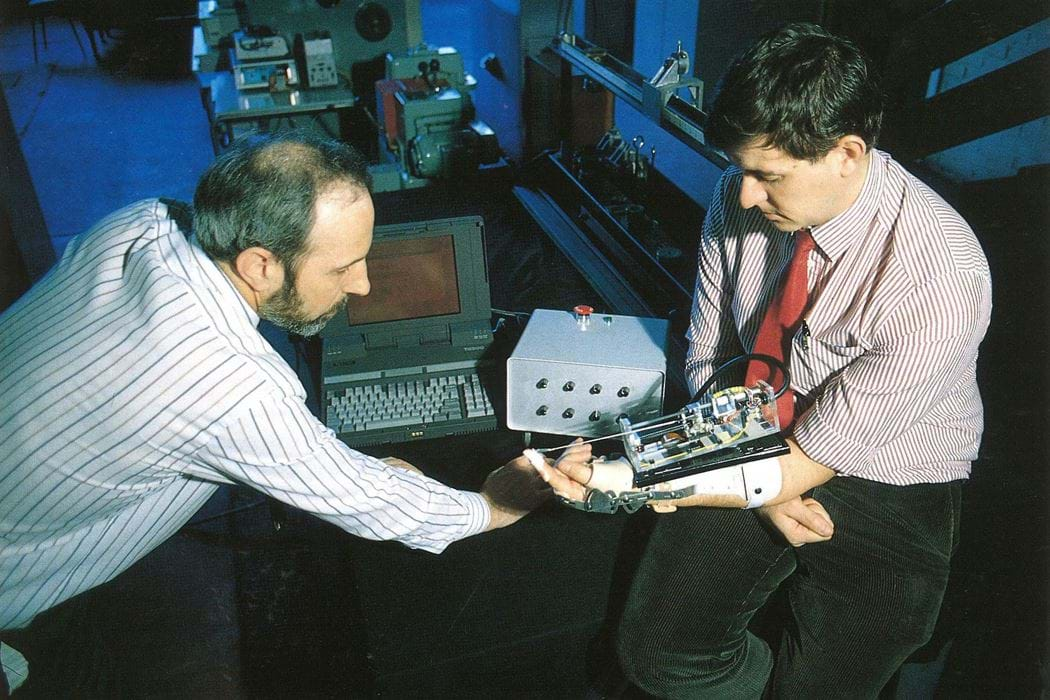
Nani Bhusan Ghose represents the many international students that have come to study here over the years, some coming from difficult political situations in their homeland.
He left Calcutta in 1947-48 to study Jute Manufacture at the Dundee Institute of Art and Technology. He had lived through the Calcutta Riots of 1946, and left just before the establishment of India and Pakistan. When he started his course in Dundee the displacement of nearly 12 million people had begun, leading to religious violence across the two new countries.
Whilst his family were in this dangerous situation he had to try to concentrate on his studies in far off Dundee. Despite the worrying times, he made a great achievement, passing his course with flying colours and even winning a City and Guilds medal.
He returned to Calcutta in 1948 and used his training well. He worked in the Jute Industry for 24 years, retiring as a Manager in the Auckland Jute Mills in Shyamnagar in 1972.
Photograph reproduced by kind permission of Mainak Ghosh (private collection)
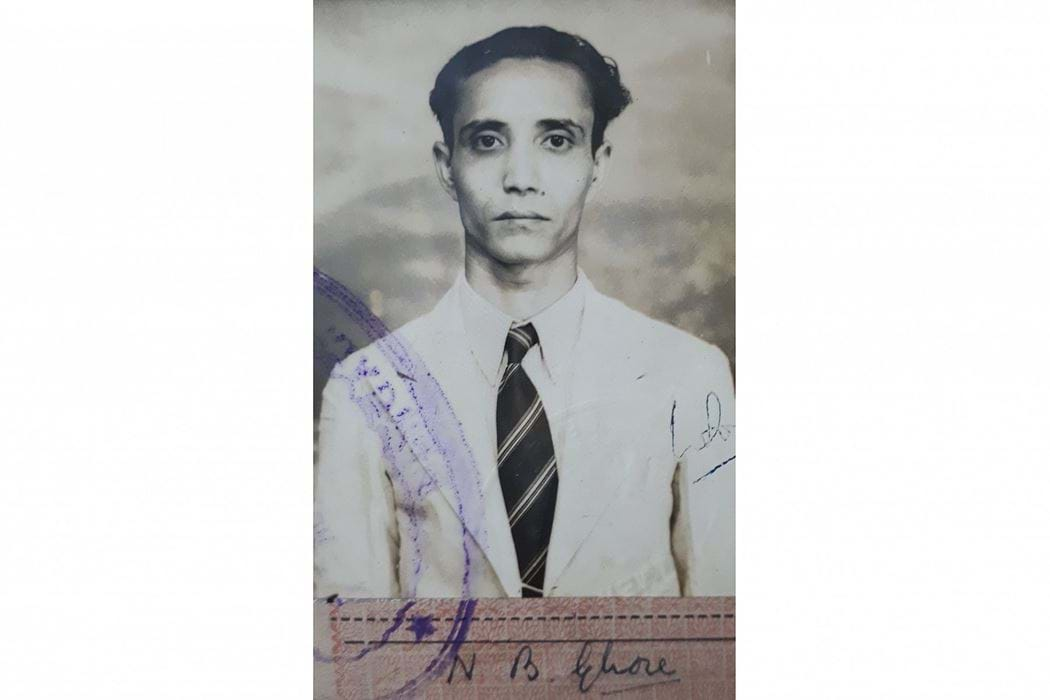
In 1975 a big change took place at the Dundee College of Technology. A new ground-breaking nursing degree course began with its first intake of students.
Previously, nursing trainees in Scotland learnt their skills in the wards and had little opportunity to develop critical skills. The College’s course changed that. Alongside their clinical placements in hospitals in the summer, they attended College courses in the Autumn and winter. These included Nursing Studies as well as Behavioural Studies, Chemistry, Biology, and even Computer Studies, that would teach scientific method. Assignments were also set that encouraged students to think about real-life problems faced by nurses in the workplace, thus helping them develop analytical and critical skills.
By doing this, it established Scotland’s first Science-based Nursing Degree
Image: Abertay University Archives
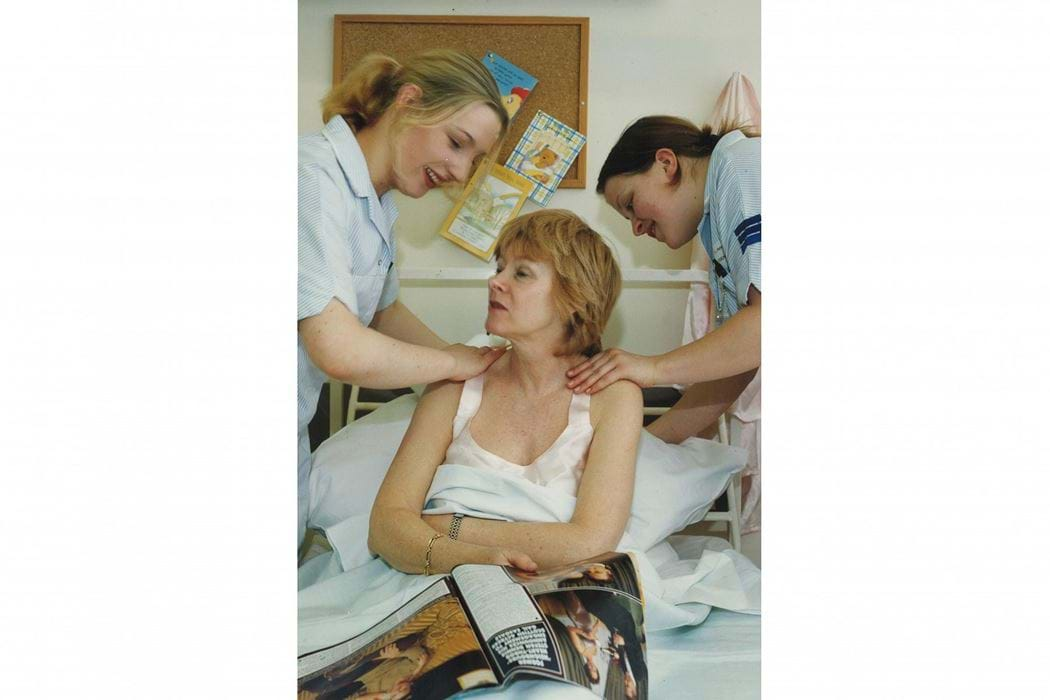
In 1984, an entire corridor of the college was closed off and only very few people knew why.
The Royal Mint of Wales was visiting to witness a continuous casting demonstration, presented jointly by the College and the Rautomead Company Ltd (Dundee). An armoured vehicle appeared with 92 kg of gold ingots, used to show an innovative way to cast coinage.
The presentation would forever change the way gold and silver coinage is made and, nowadays, Rautomead casting plants are found in Mints throughout the world.
Rautomead started work closely with Dundee College of Technology in 1981. A partnership which proved successful for both organisations in money, training, experience and expertise.
Students at the College benefited greatly from the collaboration, as it provided them with limitless possibilities for interesting projects that would utilise engineering disciplines. It also provided some with a career at the prestigious company.
Photograph reproduced by kind permission of Bob Johnson (private collection)
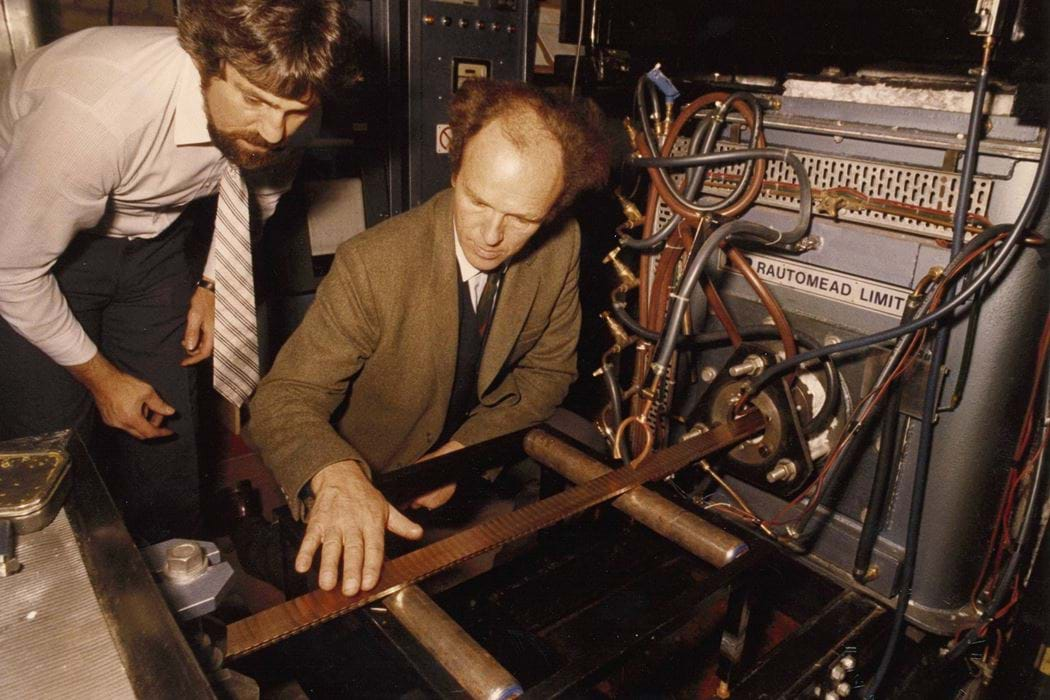
In the late 1980s Members of the Scottish Institute for Wood Technology at D.I.T. offered to help the HMS Unicorn solve its rot problem. The Institute had studied fungal wood rot and its treatment for many years and wanted to protect the important historical and archaeological information in the ship.
A survey of the ship's keelson allowed Nia White to identify freshwater-tolerant fungi were one of the causes of wood rot. Rainwater was causing the fungi, not seawater, so dry-docking would not help at all.
To prevent further decay of the ship timbers, the keelson was treated with 65-litres of boracol 20, a boron-based fungicide that diffuses well through oak heartwood and is non-toxic to humans.
Along with the chemical treatment, a computer database was created to record numerical and visual information about the ship, its environment and its timbers for regular monitoring to detect any harmful changes.
This work not only preserved a major part of Dundee's heritage, it preserved an information source on nineteenth century ship building techniques, timber quality, and early preservation methods and expanded access in new ways for researchers that had never been seen before.
Photograph courtesy of Rhys Boyle
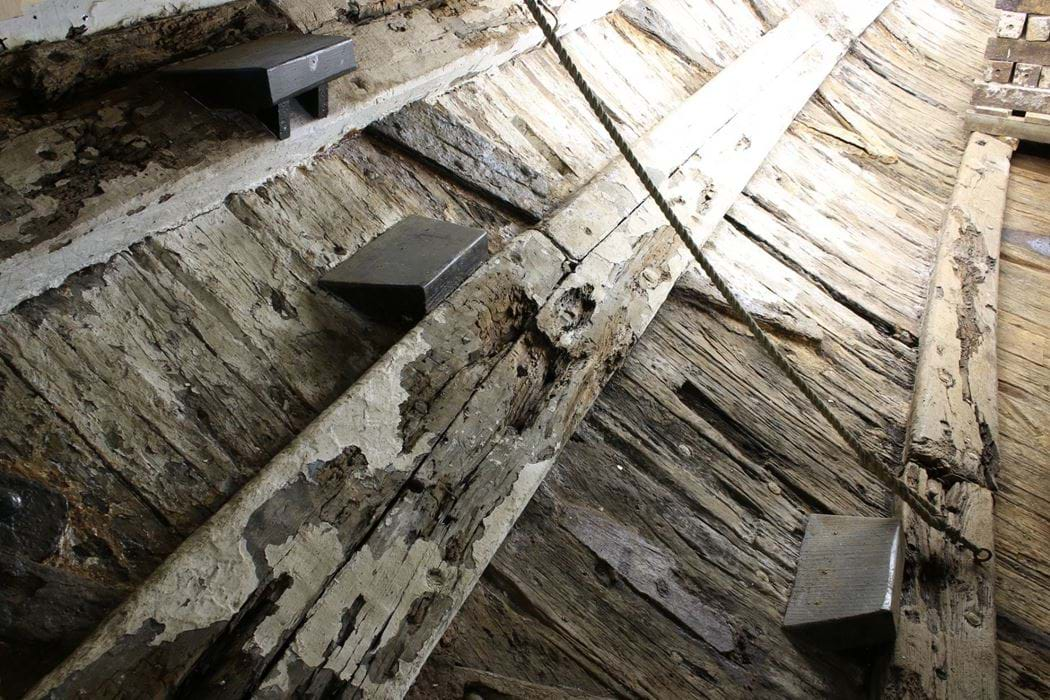
Sidney Henry Kirby was a student at Dundee Technical Institute in 1907-1912. Three years later, he died at Gallipoli aged only 25. His Aunt donated £100 and medal moulds (dies) to provide a medal and prizes to the best students following in his footsteps as Mechanical Engineers.
Sidney is one of many Dundee students who joined military services during the First World War, but he is the only student noted in the Institute’s records as having been killed in action
An exceptional student, he was awarded a First Class Mechanical Engineers Certificate as well as the Armitstead Prize. He enlisted at the outbreak of the First World War and, as a Second Lieutenant in the 10th Border Regiment, was killed in action on 19th December 1915.
Image: copyright Abertay University Archives
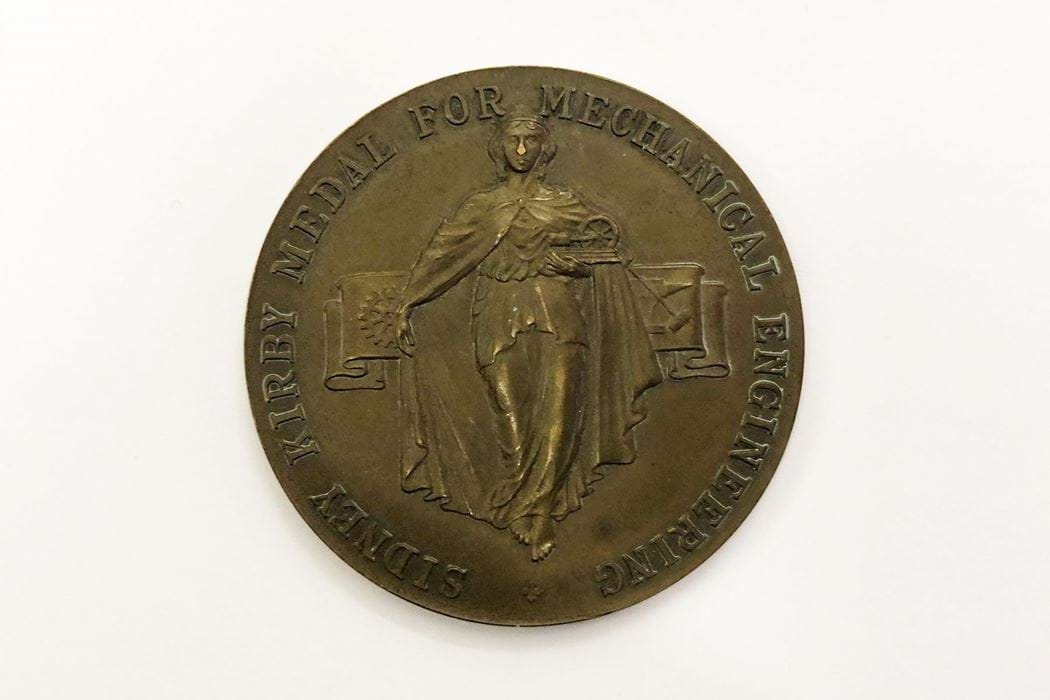
This is a story about how a chance event, curiosity to explore and taking a calculated risk led to the development of an innovative technique which helps tackle wildlife crime, particularly raptor persecution.
Some time ago, an episode of the TV show 'CSI' showed fingerprints being detected on bird feathers, despite it being considered impossible.
This led to an undergraduate student, Helen McMorris, deciding to explore this subject in forensic science and developing it as her honours project. Despite the doubts expressed by some about the risk of failure her research was successful. This became an academic journal article, published in 2015 to great acclaim in the press and with the public.
Helen has since gone on to develop the technique as her PhD study, demonstrating how it could be applied in the field by those involved with raptor persecution investigations.
Photograph reproduced by kind permission of Helen McMorris
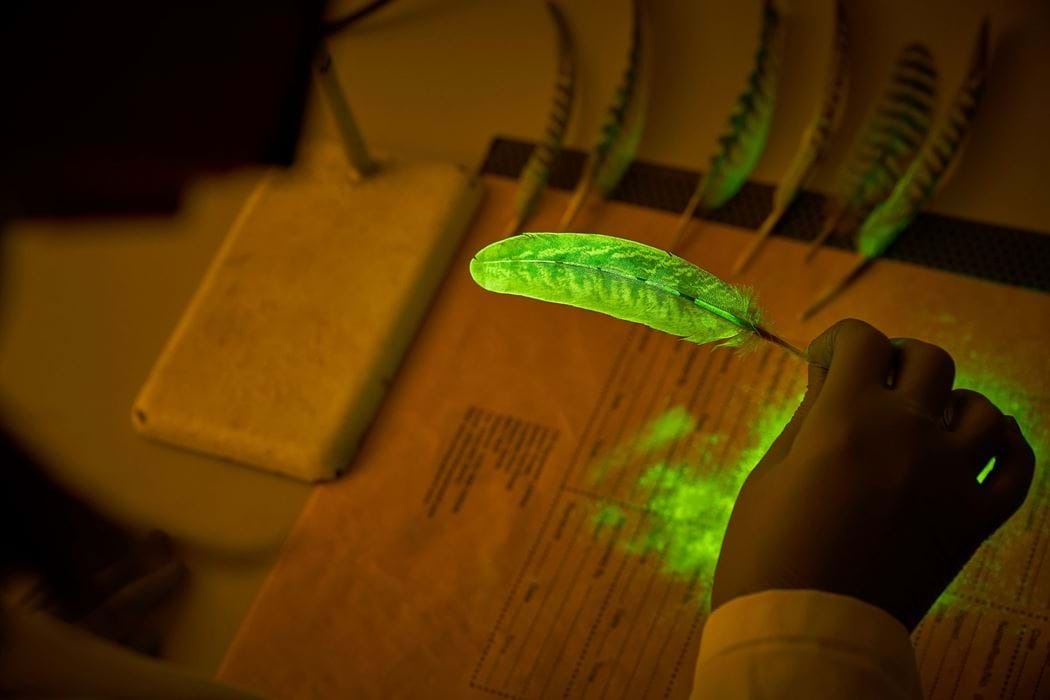
In September 1992, a prototype of a cash machine developed at the Dundee Institute of Technology attracted considerable interest when it was unveiled to an international conference of bankers in South Africa.
Malcolm Hannah (PhD student) and Andrew Sapeluk (Lecturer), developed the system for use in high street ATM machines as part of a 3-year project funded by NCR. Their system was able to highlight the unique patterns in an individual’s voice so that a sample of speech, recorded and stored on their cash machine cards, could be used instead of a PIN.
This forward-thinking project on voice pattern recognition investigated the use of voice command in everyday life, something which is becoming more commonplace today.
Image: Abertay University Archives
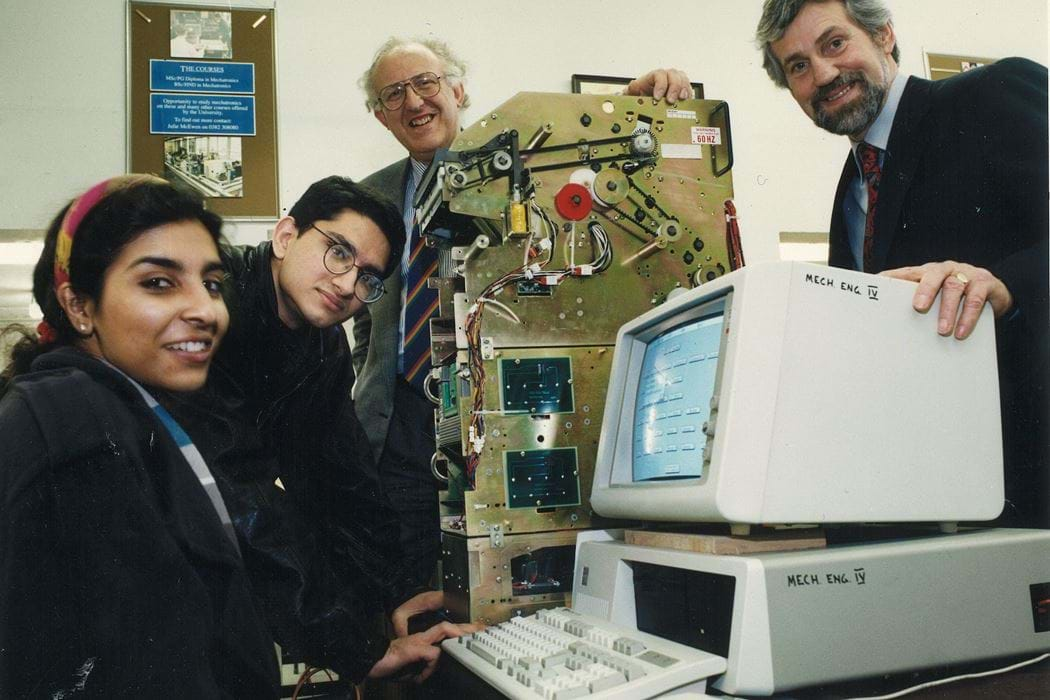
Victoria Drummond was the first female merchant navy marine engineer in Britain, and the first woman to become a member of the Institute of Marine Engineers.
Victoria gained her marine engineering skills at Dundee Technical College. She served at sea on 35 different ships between 1922 and 1962, completing 50 separate voyages.
During World War II, Victoria showed great courage aboard the SS Bonita when the ship was bombed and machine-gunned by German aircraft. Her actions in keeping the ship’s engines active enabled the captain to increase speed and avoid serious damage from the attack. For her commitment to duty, she was awarded the Lloyd’s War Medal for Bravery at Sea and an MBE.
You can see Victoria’s blue plaque at the entrance of the Old College, Abertay.
Image: copyright www.MegginchCastle.com
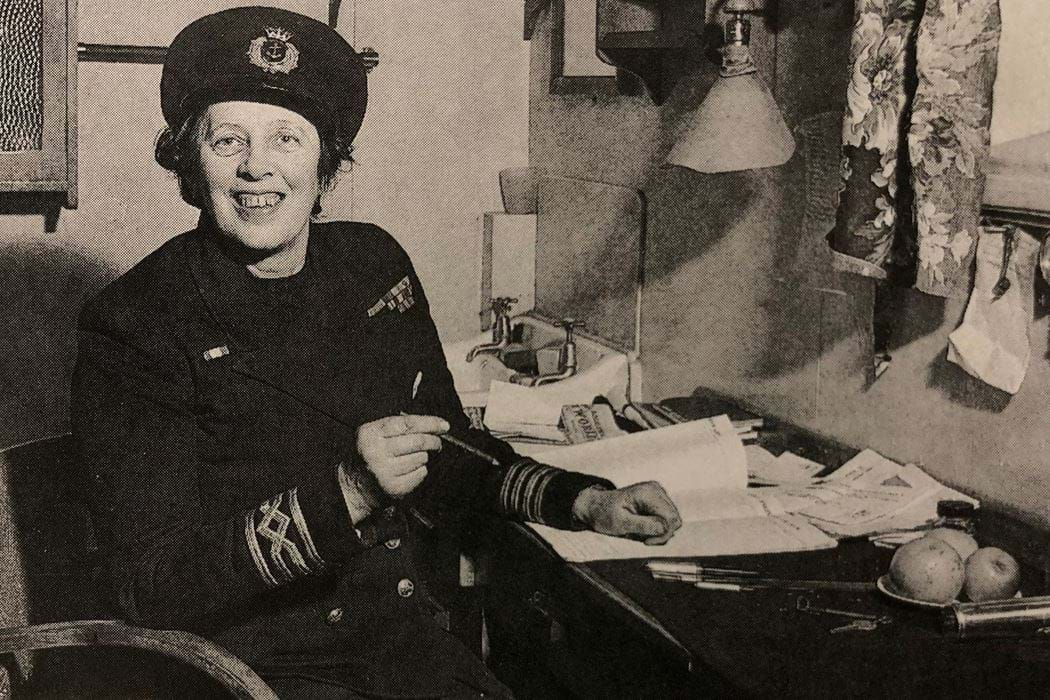
The proportion of women in science, technology, engineering and mathematics (STEM) has historically been low. Rebecca Wade is a STEM Ambassador in Scotland and an Athena Swan leader, promoting equality in STEM for Abertay University. She has worked hard to promote STEM subjects and careers to young people, highlighting female role models, and promoting gender equality to enable everyone to achieve their full potential.
Rebecca is a Senior Lecturer in Environmental Science. Over her 21-year career she has successfully brought people together from different professions and nations to work collaboratively to manage our environment more sustainably.
In 2019 she was selected for the prestigious Homeward Bound initiative. This equips women working in STEM with the skills to demonstrate a new model of leadership in order to create better outcomes for the planet. It culminates in a life-changing voyage to Antarctica at the end of 2020.
Photograph reproduced with kind permission by Rebecca Wade
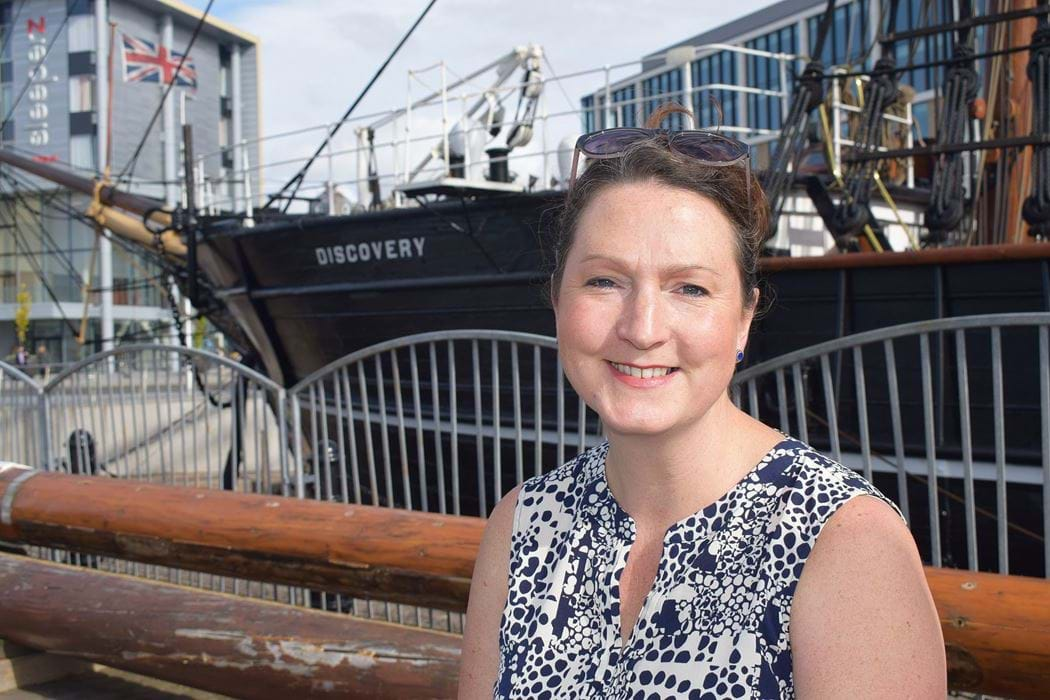
From 1902–1904, David Reid Tait attended evening classes at the Dundee Institute of Technology, undertaking subjects such as Building Construction and Landscape Measurement. In 1904, he became Probationer Gardener at the Royal Botanic Gardens Edinburgh and excelled in Classification of Plants and Botany. Just 2 years later, his adventures began.
In 1906 he travelled to Christmas Island near Australia and spent 5 years successfully growing a variety of crops despite the strong winds; floods; droughts and the huge numbers of rats and crabs that attempted to decimate his crops.
In 1912 he travelled to Henderson Island in the Pacific Ocean to explore the potential for phosphate mining. Although phosphate deposits weren’t sufficient, David’s scientific work on Henderson Island resulted in over 100 plants being sent back to the Royal Botanic Gardens Edinburgh for classification, many of which are still held in the Garden’s Herbarium today.
Image courtesy of Royal Botanic Gardens of Edinburgh
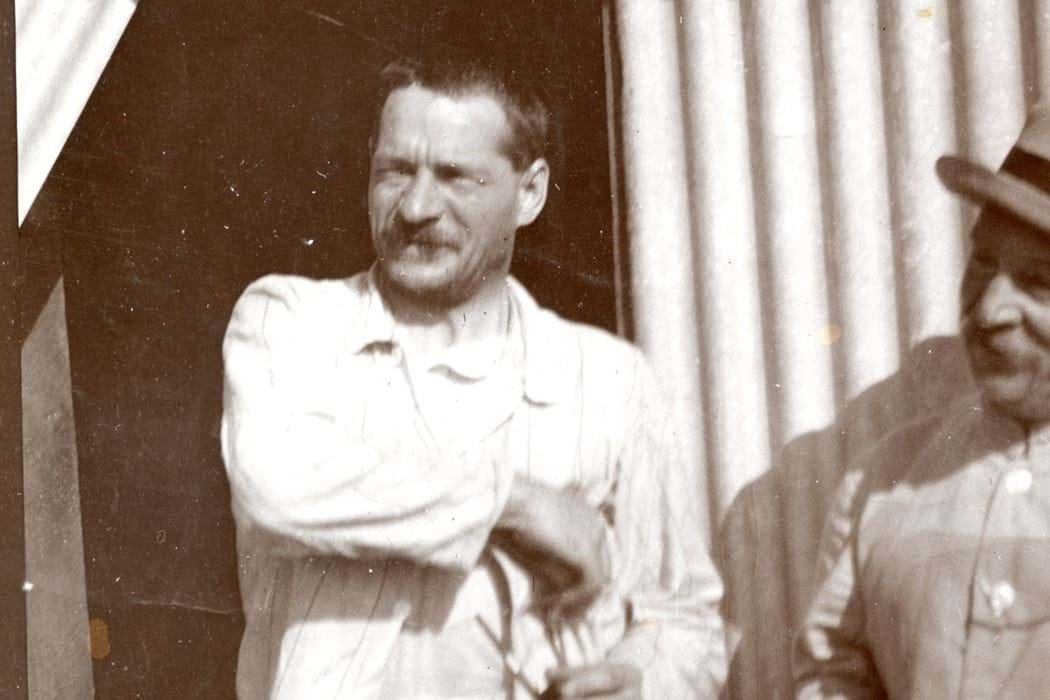
DC Thomson first introduced the 'My Weekly magazine' in 1910, and began employing female artists in a bid to increase readership amongst women. The artists were responsible for illustrating the women’s columns, as well as producing many of the adverts.
Ruby Scott, Agnes Nicol and Meta Mitchell were among the first female illustrators to join the male-dominated environment at DC Thomson. After a day spent working at the newspaper office in Meadowside, they would walk the short distance to Dundee Technical College and School of Art, to attend night classes. All three girls attended during 1910s - 1920s, with Ruby only 16 years old when she started at college.
How different would things be if they were alive today – in relation to work, technology, clothes style and socialising. But they broke the mould and spent many years as magazine illustrators.
Image: Belonging to a private collection of Ruby Scott photographs
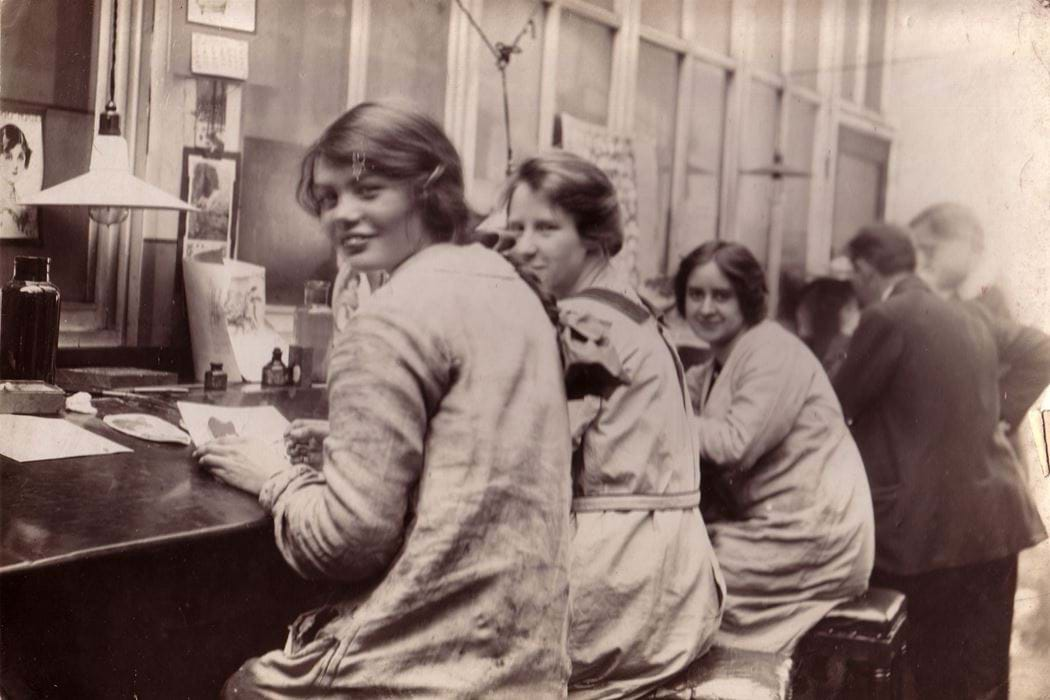
Margaret Hewitt Cameron was the first woman in Dundee to be awarded a Naval Architecture certificate, after a 5 year apprenticeship working in the male dominated Caledon Shipbuilding and Engineering Company, Dundee.
From 1943 until 1949 Margaret studied mathematics and naval architecture at the Dundee Institute of Art and Technology and won several prizes including a Higher National Certificate in Naval Architecture. It was her love of mathematics that helped her 'decide upon her unusual career' according to a newspaper article from 1948.
Image: Dundee Courier - Wednesday 08 December 1948
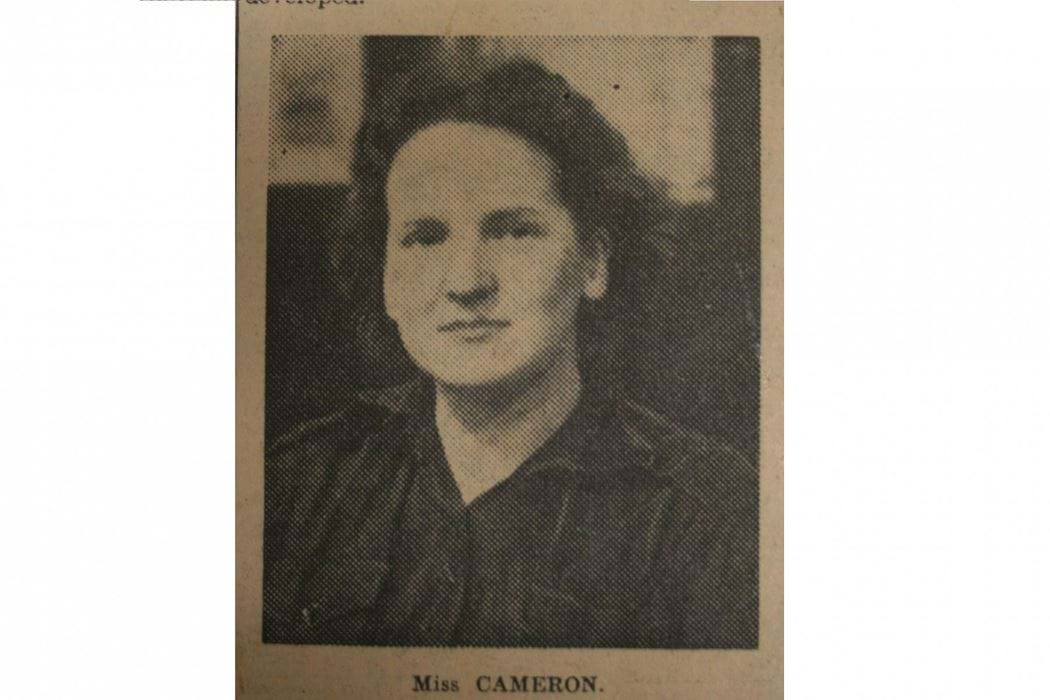
This is a story of great change for Dundee Technical College – the age of electrical engineering.
R D Archibald's appointment as Head Lecturer was made with the hope that he would help the Electrical and Mechanical Engineering Department become one of the best in the country.
Before taking up the post of he was already a well-respected member of the engineering community, having a fantastic record as a student at the Glasgow Technical College and the University of Glasgow. Like many others, he took a break in his career to serve in the First World War. Unlike many others, he survived.
He succeeded in his goal, and the College became known for its outstanding courses in electrical and mechanical engineering.
He finished his career as Lecturer & Head of Electrical Engineering at the Royal Naval College retiring shortly before his death in 1941
Image reproduced from Archibald, R. D., Polyphase Induction Motors, 1926
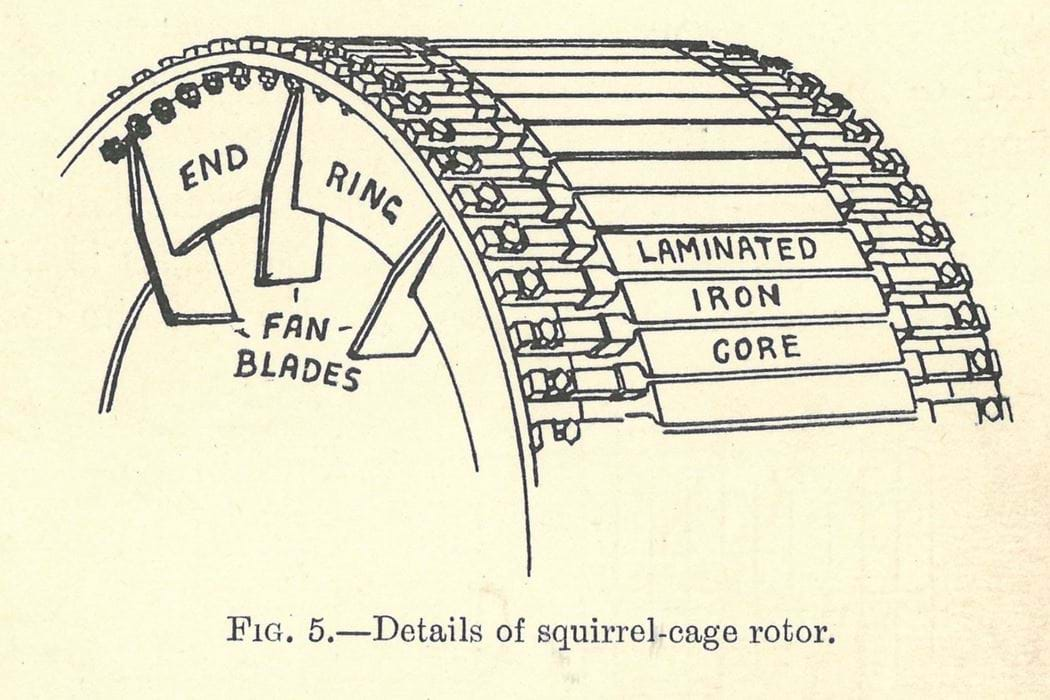
Alexander Kenneth 'Ken' Stalker fought for change through Communism with the International Brigades during the Spanish Civil War.
He studied Naval Architecture at Dundee Technical College & School of Art in 1912-14 and again in 1919-20. With a change of heart, he returned to the college 1924-26 to study Jute Spinning and Weaving.
Although his military career during the First World War was short-lived, Stalker went on to command a company in the XV Brigade of the British Battalion during the Spanish Civil war in 1936-37. Like many others who survived the First World War, his political stance had changed. Sadly, he was killed in action defending the Madrid Valencia road from the Fascists on 12 February 1937.
Image courtesy of the People's History Museum, Manchester.
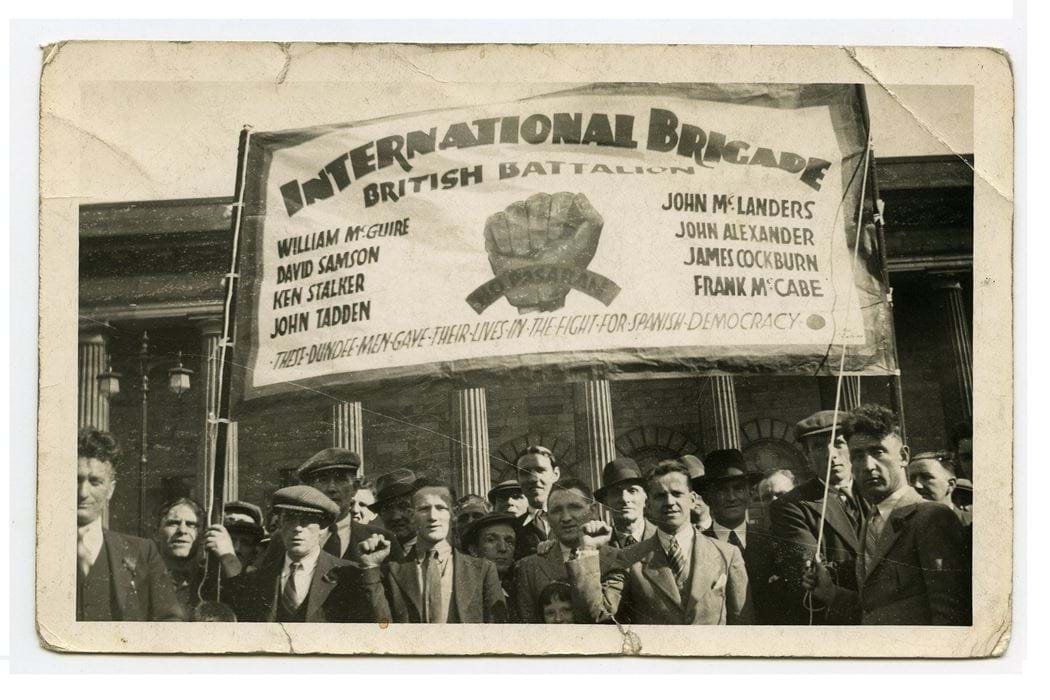
Maurice Malpas is most famous for his long and highly successful career in football as a player and a coach.
He made an amazing 160 appearances for Dundee United from 1981-2000, during one of the most outstanding periods in the club's history. He achieved glory in domestic and European competitions, as well as winning 55 Scotland caps - including 5 World Cup appearances.
What is less well known about him is the fact that while he was involved in winning the 1983 Scottish League Premier Division Championship, Maurice was also completing a BSc in Electrical and Electronic Engineering at Dundee Institute of Technology. In fact, his final exams coincided with United's unforgettable Championship win.
A clever chap, a great supporter of the University, and a true Dundee United hero.
Image: copyright Abertay University
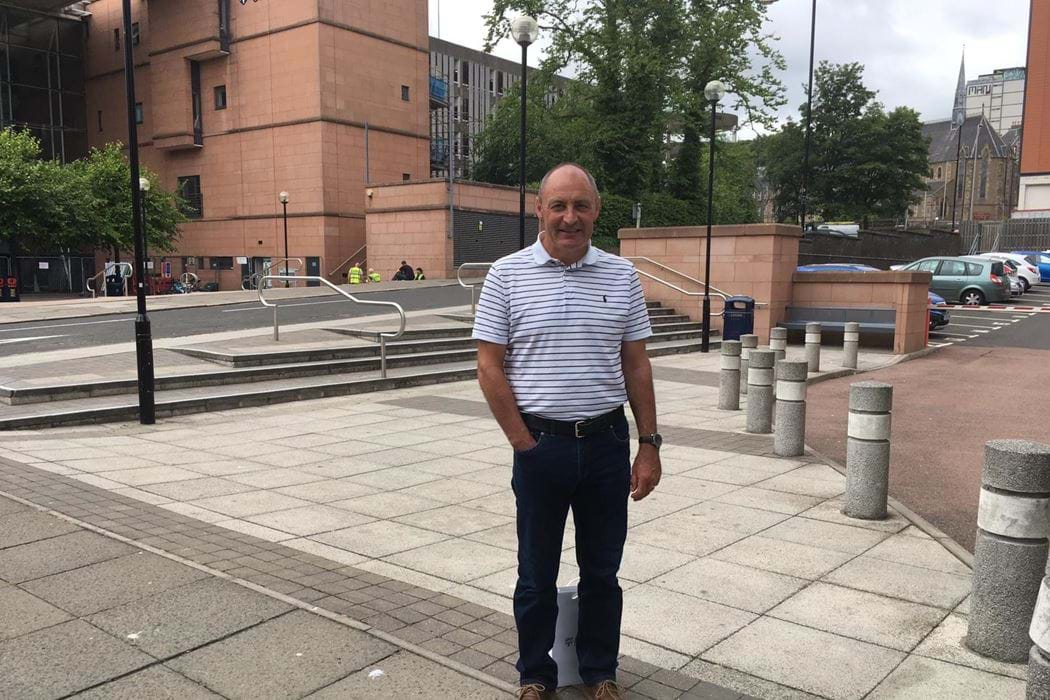
Lily Miller stood for change in Dundee.
The death of former Dundee Technical Institute student, Annie Keir Lamont in 1926 sparked a determination in Lily, and she spent the next 8 years fighting for a place on the Town Council, finally winning in November 1935. Although she was the third woman to run for a place on Dundee town council, she was the very first to be successful.
After that she spent her time trying to make the life of Dundee’s working class as good as it could be. She fought against unemployment, for better quality education and better public health, amongst many other things. With her interest in education, it was only natural for her to become a member of the Board of governors for the Dundee Institute of Art and Technology, which she was involved with from 1935 until 1953
Image courtesy of Dundee City Archives.
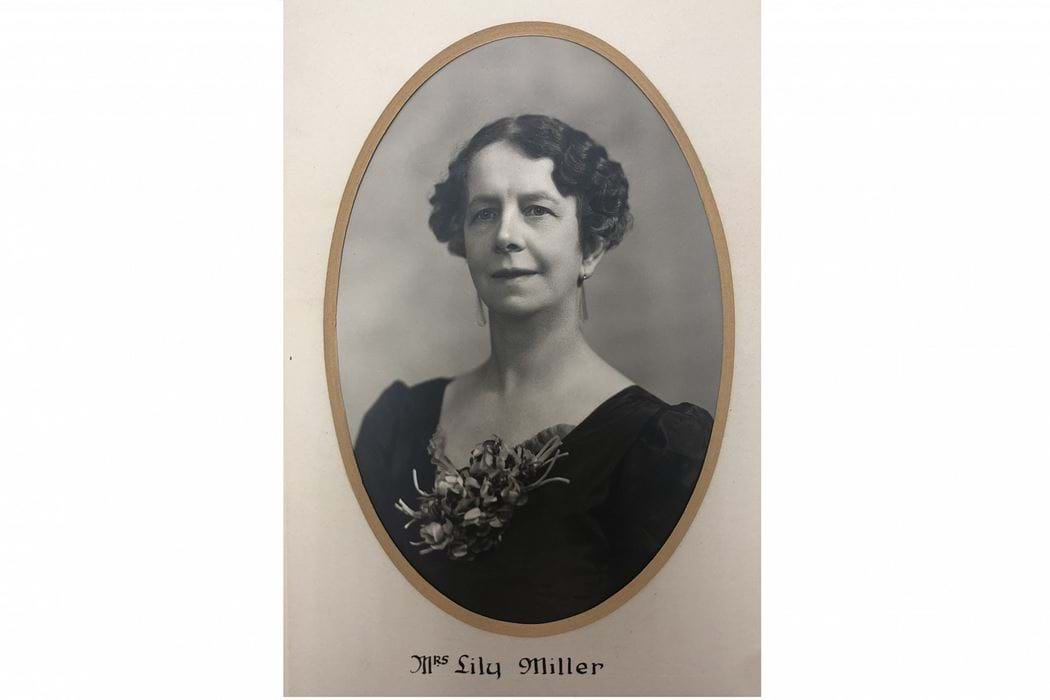
David Patterson studied Mechanical and Electrical Engineering at the Dundee Technical Institute where he achieved a First Class Grade in every subject. He obtained three awards for excellence and at the end of the course was the best student of the year. This was despite being born into a typical Dundee family in the late 19th Century.
His working knowledge as an electrical engineer meant that he was too valuable to fight on the front line during the First World War, and he worked in an Engineering Regiment defending the Tay and the East Coast.
He wanted to put the skills he gained at the Institute to good use and, in the early 1920s he travelled halfway across the world to pursue a highly successful career as an electrical engineer in the jute industry in India. He retired after the Second World War and returned to Dundee to live the rest of his life in comfort.
Image courtesy of Libraries, Leisure and Culture Dundee.
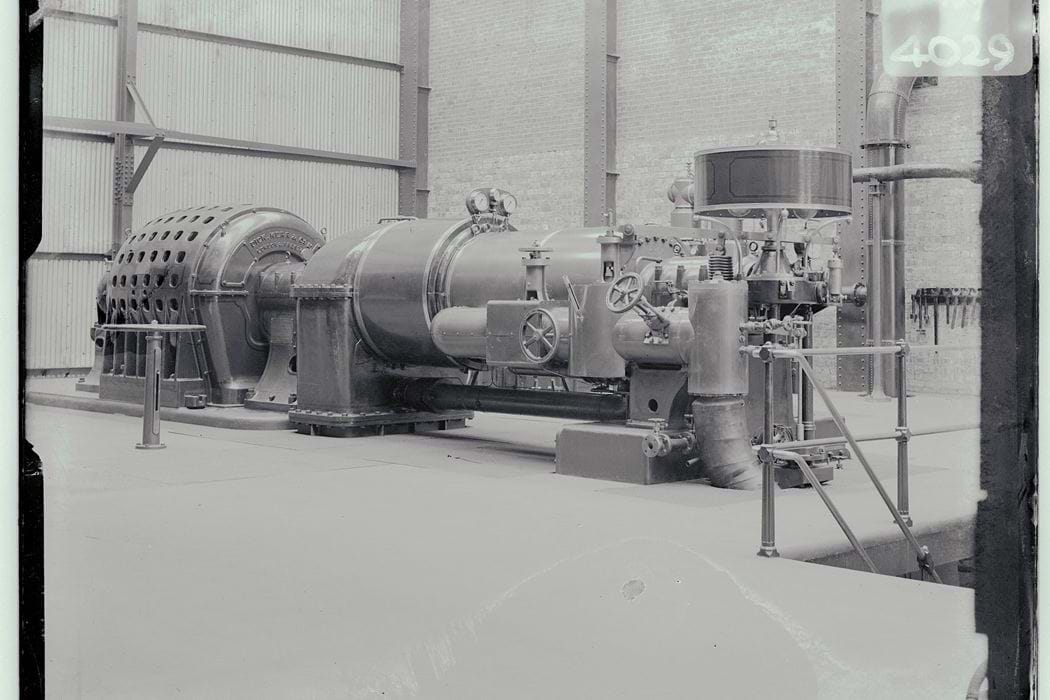
This is the story of the innovative way that Dundee Institute of Technology became Abertay University.
In 1992, the Institute was told it had to increase its enrolment to 4000 students if it ever wanted to officially become a university. Its approach was to take the brave step of developing a marketing campaign to update its image and sell the institution as a vibrant, modern and enjoyable place for young people to get the qualifications they needed for life.
The Institute re-branded itself with a snappy slogan – 'You Can Do It At DIT' – which was promoted in print and media advertising, including a commercial featuring students telling the audience what they were doing at DIT, not just academically, but also in their leisure time.
In April 1994 the news came that DIT would become a University in August. By 'Doing' something unique and innovative for a higher education institution, DIT moved onto the next chapter of its history. Abertay University was 'born'.
Image: reproduced with kind permission by Alan Richardson (photographer)
